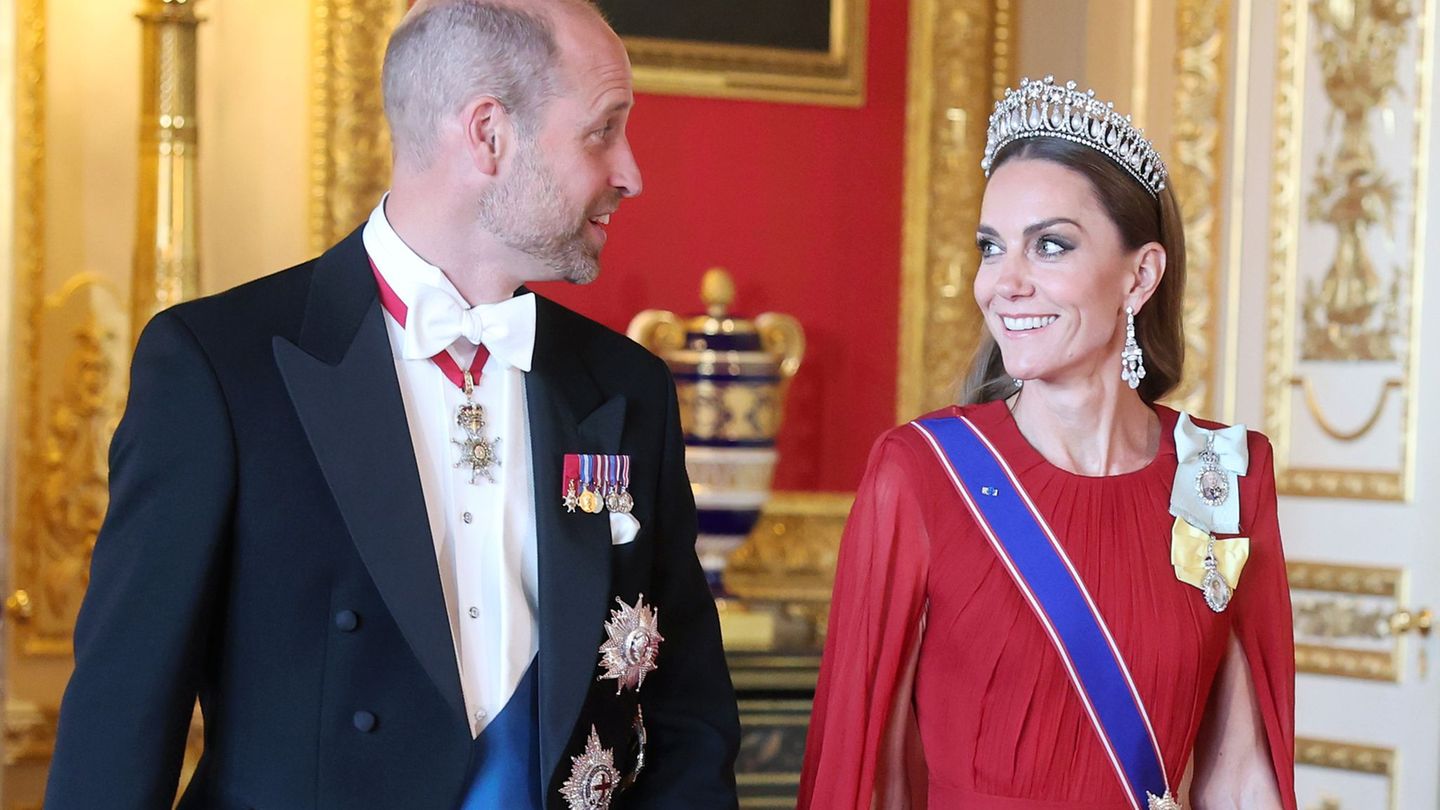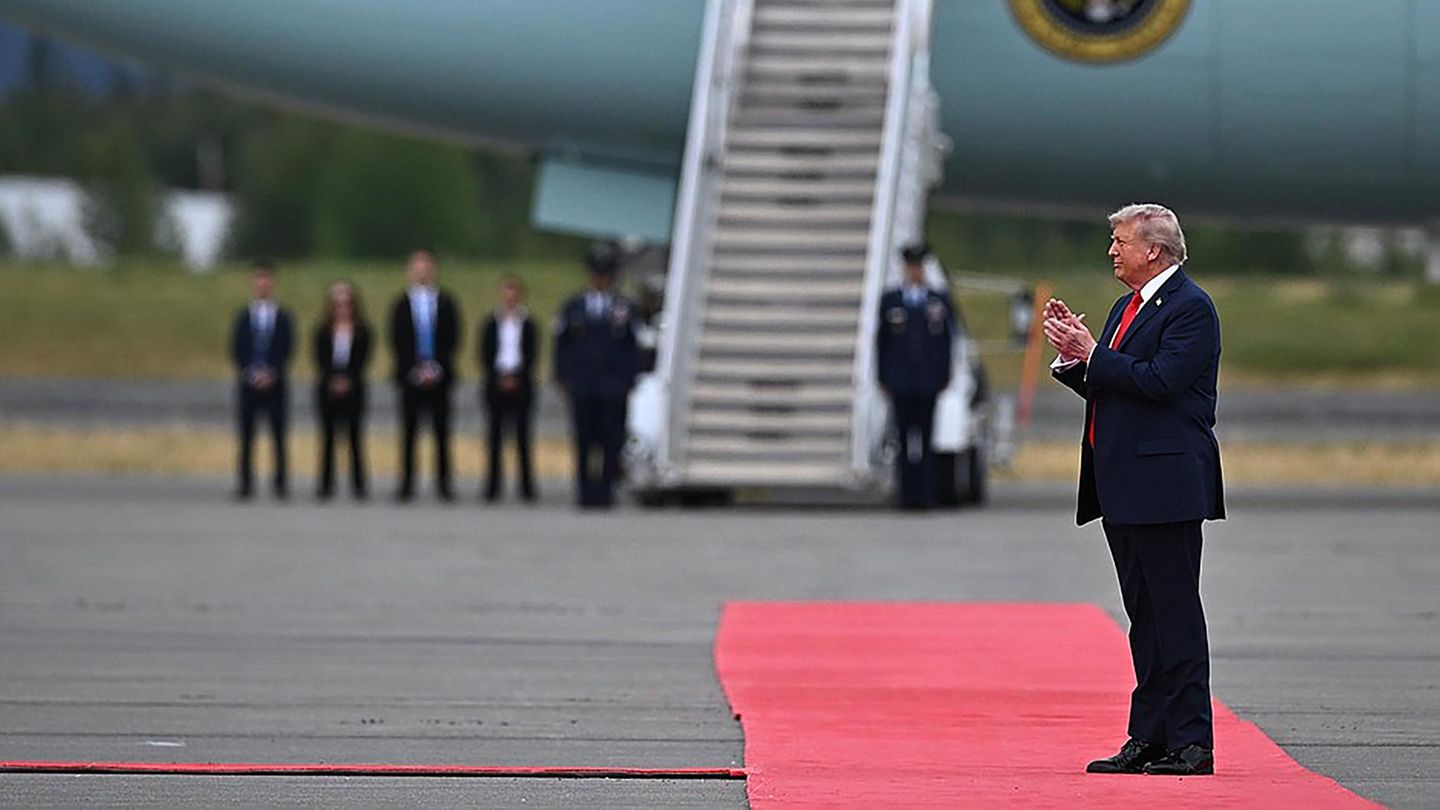“In this work we estimate what would be the benefit that would be obtained by avoiding instability during the electoral stages, that is, we calculate how the devaluation of the peso would decrease with respect to the Blue and the official dollar, and how the exchange gap would narrow and inflation would decrease” , indicates the work of economist Guillermo Oglietti, deputy director of Celag.
And, in this sense, he stated that “The value of the blue dollar is approximately double what it would be if the electoral periods passed without instability“and maintains that”electoral periods in Argentina, regardless of whether you turn from right to left or vice versa“They are a troubled river for the profit of speculators.”
Electoral stages: risk zone for the blue dollar
“Electoral stages generate relevant exchange effects. They are times of uncertainty that stir speculative bets whose impacts are transferred to the real economy, skyrocketing the value of the dollar, increasing the exchange gap, encouraging inflation and depressing salaries,” the work points out. released today by the entity.
“If the electoral periods of 2015, 2019 and 2023 would not have promoted the devaluation of the exchange rate, The value of the ‘blue’ dollar by August would be around $379 instead of the $1,050 it reached on October 10,” the report indicates.
In this sense, he emphasizes that “electoral stages generate relevant exchange effects”, and considers that “they are times of uncertainty that stir speculative bets whose impacts are transferred to the real economy.”skyrocketing the value of the dollar, increasing the exchange rate gap, encouraging inflation and depressing wages.”
He also points out that “the rate of devaluation accelerates during the electoral stages, especially after the results of the PASO are known, which provoke a speculative overreaction on the part of the markets, and thus trigger the value of the parallel dollar, raising expectations of devaluation of the official exchange rate and prices”.
Dollar Dollar Pesos Blue
The blue dollar already exceeds $1,000 in the City caves.
Mariano Fuchila
In that sense, he points out that, “During the 2015 electoral period (between the beginning of June and the first week after the PASO), the rate of devaluation of the peso was 8.2% per month, 3.4 times higher than the rate of devaluation that the second term had had. of CFK until June 2015″.
Furthermore, it indicates that, “in 2019, between June and the first week after the PASO, the devaluation rate was 12%, that is, 4.4 times higher than the 2.7% monthly devaluation rate that the government had. of Mauricio Macri until June of that year.
“In 2023, between June and the first week after the PASO, the devaluation rate was 20.5%, that is, 4.4 times higher than the 4.7% monthly devaluation rate maintained by the government of Alberto Fernández until June of this year,” specifies the analysis carried out by Oglietti.
“If we had had stable electoral periods, the official dollar would be around $243, that is, almost a third less than the $357 it cost at the end of the PASO,” he concludes.
Gap with blue: a great distortion
According to the analysis, “the exchange gap, between the blue dollar and the official one, which is one of the greatest sources of distortion of the economy, because it stimulates tax evasion, the underdeclaration of exportscapital flight and smuggling, would be reduced from the current 106% to 58%, returning to levels very similar to those in force at the end of the Government of Cristina Fernández de Kirchner in 2015.”
Furthermore, the work highlights that “the exchange rate effect of the electoral period also has an impact on prices,” and noted that “the accumulated inflation during the entire period analyzed, which includes the second term of Cristina Fernández de Kirchner, the government of Mauricio Macri and what has elapsed until August of Alberto Fernández, would be 22 percentage points lower than that recorded if the electoral stages had been stable.”
In this regard, it indicates that “during the 2019 electoral stage, inflation accelerated from the average monthly 2.8% in the first 42 months of Mauricio Macri, to 3.7% in the last six.”
He adds that “during the 2015 electoral stage, on the other hand, prices barely accelerated, going from 2.4% in the first 42 months of management to 2.6% in the last few months,” and stated that ” “This is because the government of Cristina Fernández de Kirchner reversed the exchange disorder that occurred during the first days after the PASO.”
The report assures that, “with stable electoral periods, the inflation of the second government of Cristina Fernández de Kirchner would have been six points lower; that of Macri, 10; and that of Fernández, 14.8.”
What happened with the primary elections
In this scenario, he points out that “the devaluations of the post PASO blue dollar that occurred in 2015, 2019 and 2023 weakened the peso generating expectations of devaluation of the official dollar and accelerated inflation”, and maintains that “it is an announced tragedy that happens every four years, when determined by the electoral calendar.”
“Although the crack makes the necessary consensus difficult, and during the electoral competition, opposition candidates can aggravate the problem by announcing devaluations as Macri did in 2015, allowing a sudden devaluation as Macri did as a punishment to the population in 2019, or encouraging the population to buy dollars and throw the pesos in the trash, as Milei does these days, it is essential to look for a different institutional arrangement that will allow the country to be relieved of this disorder,” the report concludes.
Source: Ambito
I am a 24-year-old writer and journalist who has been working in the news industry for the past two years. I write primarily about market news, so if you’re looking for insights into what’s going on in the stock market or economic indicators, you’ve come to the right place. I also dabble in writing articles on lifestyle trends and pop culture news.




